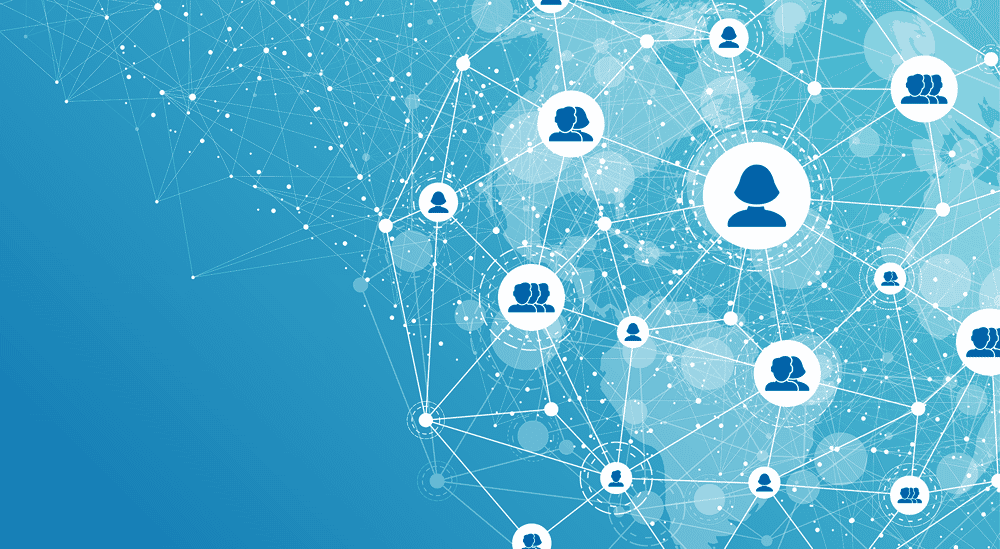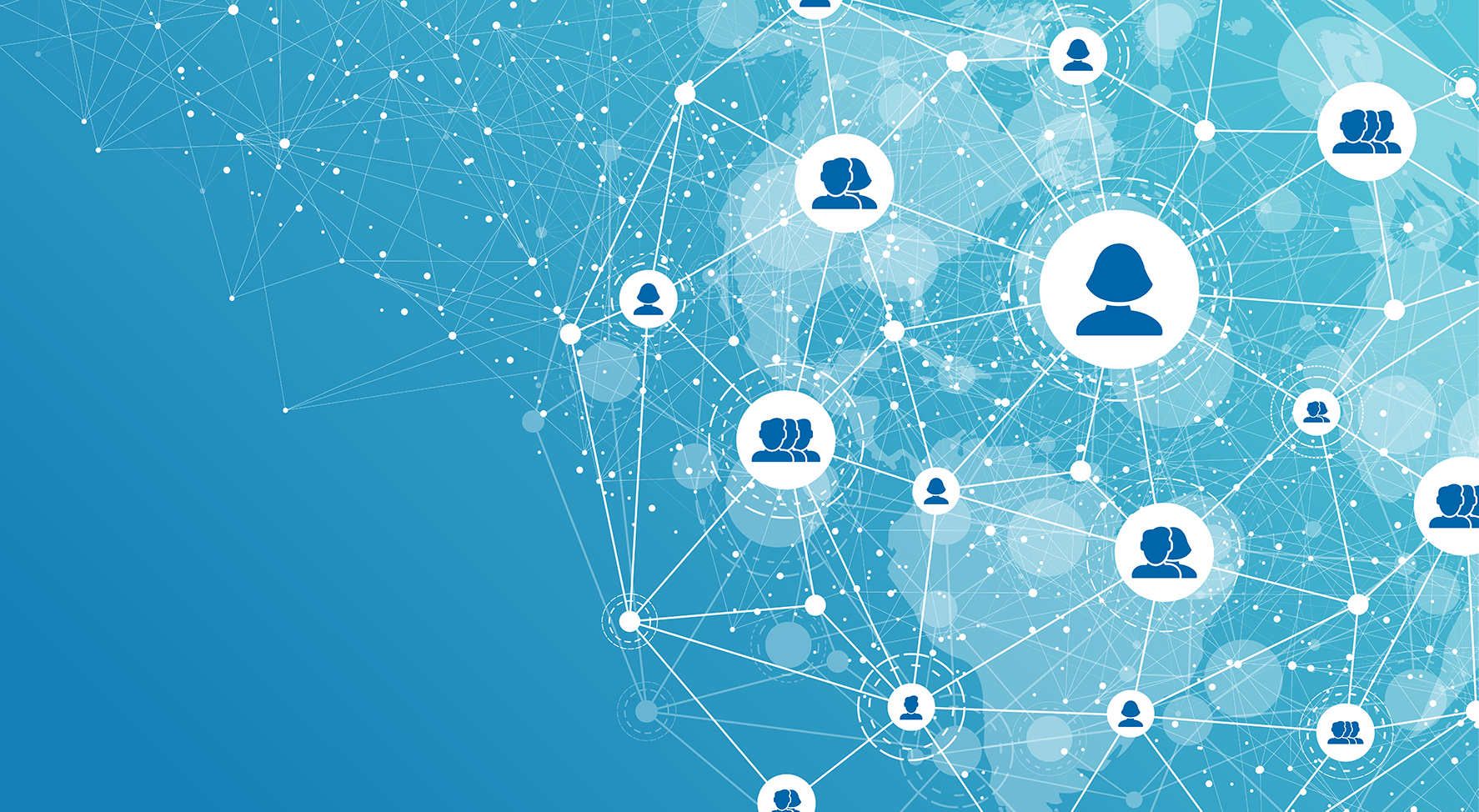Why the Best of Breed Ecosystem Is the Future of Procurement

Procurement is ripe for reinvention with the rapid consumerization of the enterprise, and business stakeholders are demanding the same immediate, elegant and intuitive experience in the workplace as they are accustomed to in their daily lives. CPOs and their teams are faced with the reality that, without robust, consumer-like procurement processes and approaches, including the untapped area of strategic service spend and supplier management, they cannot succeed. It’s also clear that CPOs need to exercise a different set of skills and expertise to advance corporate growth strategies and turn supplier and value chain capabilities into lasting competitive advantage.
This can be achieved only with new operating models and with a completely different approach to digital innovation that is focused on creating value for business stakeholders and customers. It requires a procurement ecosystem––an interconnected network of “best of breed” solutions that uses AI, machine learning and other technology to deliver a seamless and effective experience for the end user.
Business stakeholders at the center of the process
Recent technology advances have made it possible to consumerize the buying experience, using truly innovative solutions that put the business stakeholder at the center of the process, which accelerates adoption to deliver the value CPOs care about. Only an ecosystem approach can deliver the specific capabilities companies require without having to settle for a one-size-fits-all solution that doesn’t meet the end user’s needs or expectations.
In this three-part series on the best of breed procurement ecosystem, we will discuss the following:
- Why a best of breed ecosystem is the future of procurement and why CPOs must be invested in delivering against elevated technology expectations
- What a best of breed ecosystem entails and why it is better than traditional models for procurement technology
- How CPOs can successfully lead the transition to a best of breed ecosystem, including the steps they must take to start the journey and ensure it is completed successfully
The only way to future-proof procurement
In their report, The Future of Procurement, Dr. Elouise Epstein and Stephen Easton make the case that building a digital ecosystem is the best—and perhaps the only—way to future-proof procurement.
“Embrace the new architecture, and adopt individual solutions, updating them as they evolve. This route lets companies enjoy the benefits of being a first mover and influence the evolution of these technologies. This is the least risky in the long run because it avoids overinvesting in what will rapidly become outdated technology.”
Epstein and Easton reinforce the long-term opportunity for value creation that the digital ecosystem approach offers to CPOs and their procurement teams. End-to-end platforms pieced together with acquisitions of varied solutions tend to lose their innovative edge and focus, whereas built-for-purpose solutions are nimble and bold enough to unlock greater value. A new technology stack of microservices offers the best of both worlds: a seamless user experience with collaboration across platform boundaries and access to the unique innovation driven by each of these individual solutions.
The emergence of new technologies and technology frameworks
The future success of the CPO is increasingly dependent on how they use procurement technology. The demands on and expectations of procurement are changing rapidly and dramatically, and the shift has already begun—moving away from the historical focus on spend management and benchmarking supplier performance. A recent Horses for Sources study found that 56% of procurement executives need and want their intelligent automation agendas to be industrialized within 2 years or less. Procurement’s new objectives center on translating supply market value into product or service value for the end customer. The procurement function of the future must be top-line driven, not focused solely on cost savings.
CPOs who want to deliver greater value and impact and lead the next phase of procurement evolution in support of the CEO’s revenue and market share targets will need to embrace these bolder objectives. CPOs must ensure they have the right platforms and technologies that enable their teams to meet the business’s expectations.
Rather than continuing to settle for the limited results of legacy procurement processes, CPOs must embrace new technologies and technology frameworks:
- Redefining the business challenges and opportunities that are critical for future growth and applying emerging technologies such as AI, blockchain, and advanced analytics to those areas instead of focusing on the problems that have plagued procurement for decades
- Embracing the idea that an ecosystem model, with its extendable-yet-precise functionality, is vastly preferable to the cumbersome modular suites of years past—especially when the ecosystem is anchored around an AI-enabled data hub as the central integration point for procurement insights and a seamless end-to-end user experience
A seamless, transparent process that delights stakeholders
CPOs looking to further justify making the switch to an ecosystem model can compare the enterprise buyer’s journey with that of the day-to-day consumer using any e-commerce site. Every usability challenge or delay that a user experiences leads to lost value, frustration, and ultimately lost business. It doesn’t take long for a consumer [or stakeholder of enterprise procurement] to walk away and find another way to get things done.
Satisfying their internal customers has always been a challenge for procurement leaders, and the rising expectations generated by modern e-commerce have made the difference in the two experiences more striking. CPOs must deliver a seamless process with full end-to-end transparency and a delightful experience if they are to achieve what stakeholders and the executive team need.
In the next post in this series, I will share more on what a best of breed ecosystem entails and why it is the only option to meet the increasing demands on the CPO and their teams. Technological advances will continue to heavily influence procurement operating models—and, with the advancement of automation that is disrupting all industries, CPOs must be ready.
***********************
Keith Hausmann is Chief Revenue Officer at Globality.
Watch this introductory video showing how Globality helps companies select the best service suppliers at the right price, while at the same time prioritizing enterprise growth and supplier diversity.



